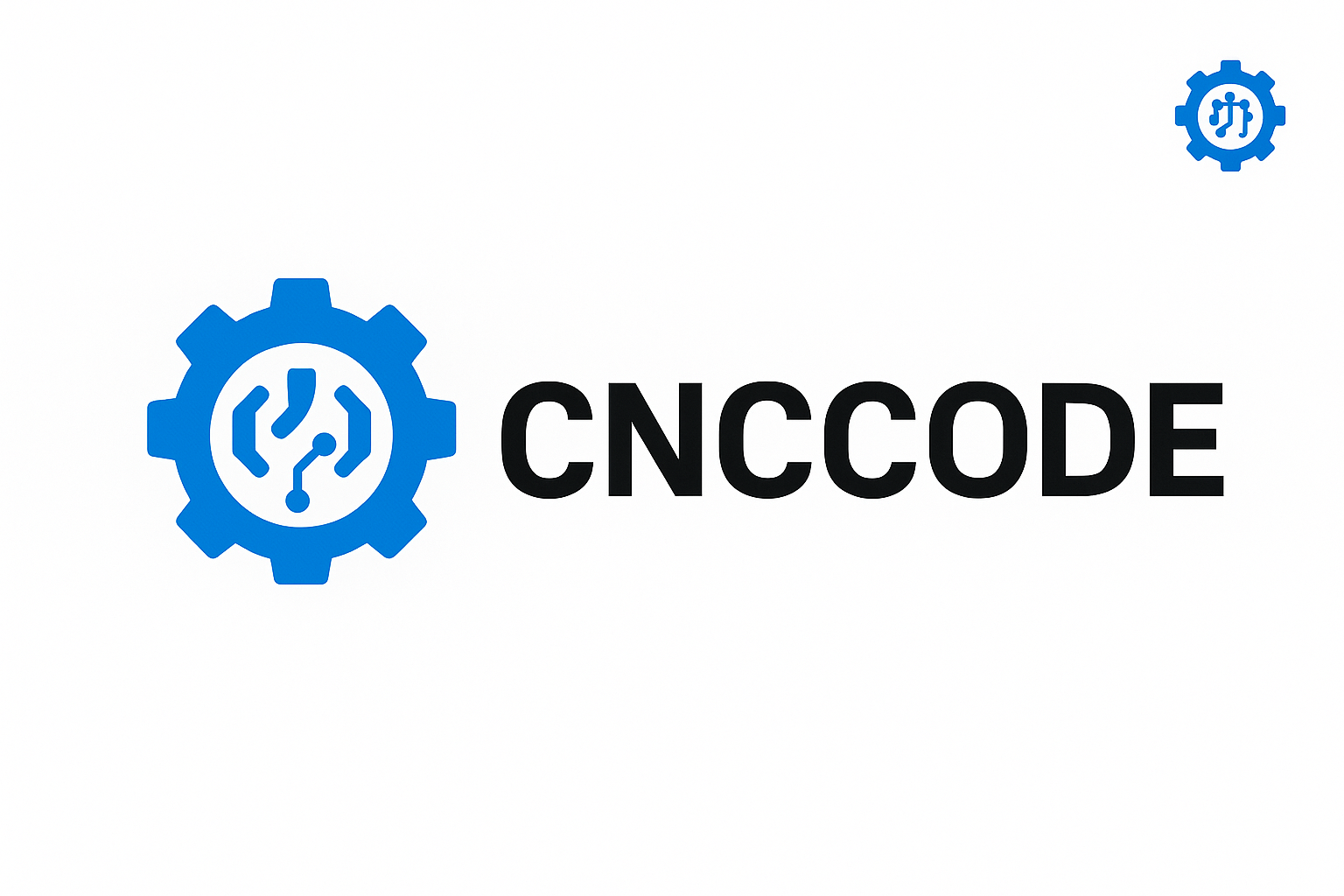Explore the complete world of CNC machines—from 3-axis milling and turning centers to advanced 5-axis hybrid solutions. Discover their working principles, real-world use cases, pros and cons, and what the future holds for smart, AI-powered CNC technology.
🔧 What Are CNC Machines?
CNC (Computer Numerical Control) machines are automated machining tools controlled by computer programming. They perform precise operations like cutting, drilling, milling, and turning with minimal human intervention, allowing consistent, high-quality production across all industries.
📚 Key Components of a CNC Machine
- Controller: The brain that interprets G-code
- Servo Motors: Drive precise movements
- Spindle: The main cutting/rotating component
- Tool Changer: Automatic swapping of cutting tools
- Machine Bed: Provides support and stability
⚙️ Types of CNC Machines
1. CNC Milling Machines
Used to cut solid materials like metal or plastic using rotating tools. Ideal for surface shaping, slotting, and contouring.
- 3-Axis: Basic X, Y, Z movement
- 4-Axis: Adds rotational motion
- 5-Axis: Ultimate flexibility for complex shapes
2. CNC Lathes (Turning Centers)
Perfect for cylindrical parts—turns the material while a fixed tool removes it. Used in automotive, aerospace, and metal fabrication.
3. CNC Routers
Commonly used with wood, foam, composites, and aluminum. Great for signage, cabinetry, and rapid prototyping.
4. CNC EDM (Electrical Discharge Machines)
Uses sparks to remove material in conductive workpieces. Essential for dies, molds, and complex cavity shapes.
5. CNC Plasma Cutters
Cut thick steel and aluminum using ionized gas plasma at high speed and temperature.
6. CNC Laser Cutters
Laser-based systems for ultra-precise cutting, etching, or engraving of metals, plastics, and more.
7. Hybrid CNC Machines
Combine CNC milling with 3D printing or laser welding. The future of multi-functional, AI-controlled manufacturing.
📊 Comparison Table of CNC Machines
| Machine Type | Best For | Materials | Axis Count |
|---|---|---|---|
| Milling | Prototypes, molds | Metal, plastic | 3, 4, 5 |
| Lathe | Round parts | Metal | 2 |
| Router | Woodworking | Wood, plastic | 3, 4 |
| EDM | Tooling, dies | Conductive metals | 2–5 |
| Plasma | Thick sheet cutting | Metal | 2 |
| Laser | Precision parts | Various | 2–5 |
🔍 How to Choose the Right CNC Machine
- Define your material type and tolerances
- Determine part complexity and volume
- Evaluate machine rigidity, accuracy, and support
- Choose between desktop, industrial, or hybrid models
💡 Industrial Applications
- Aerospace: 5-axis machines for turbine blades
- Medical: CNC for surgical implants
- Automotive: Mass production of engine parts
- Electronics: Enclosures, panels, and IC fixtures
🚀 Future Trends in CNC Machines
- AI Integration: Real-time optimization of tool paths and power usage
- IoT CNC: Remote monitoring and predictive maintenance
- AR/VR Interfaces: For machine setup and operator training
- Hybrid CNCs: Combine additive and subtractive processes
📈 Smart CNC in Industry 4.0
Smart CNCs connect with MES, ERP, and cloud-based platforms to provide:
- Live production metrics
- Self-diagnostics and troubleshooting
- Autonomous calibration and optimization
📷 Visual Gallery
Include images of:
- 3-axis milling machine in action
- Lathe cutting aluminum bar
- Hybrid CNC printing titanium
🛠️ Maintenance Tips
- Calibrate weekly
- Lubricate rails and ball screws
- Inspect tool holders and spindles regularly
- Clean filters and cooling systems
✅ Conclusion
CNC machines are at the heart of modern manufacturing. Understanding their types, functions, and capabilities gives engineers, designers, and machinists a powerful edge in creating world-class products. As we enter the AI-powered manufacturing era, CNC machines will only get smarter, faster, and more connected—reshaping how the world makes things.

Leave a comment